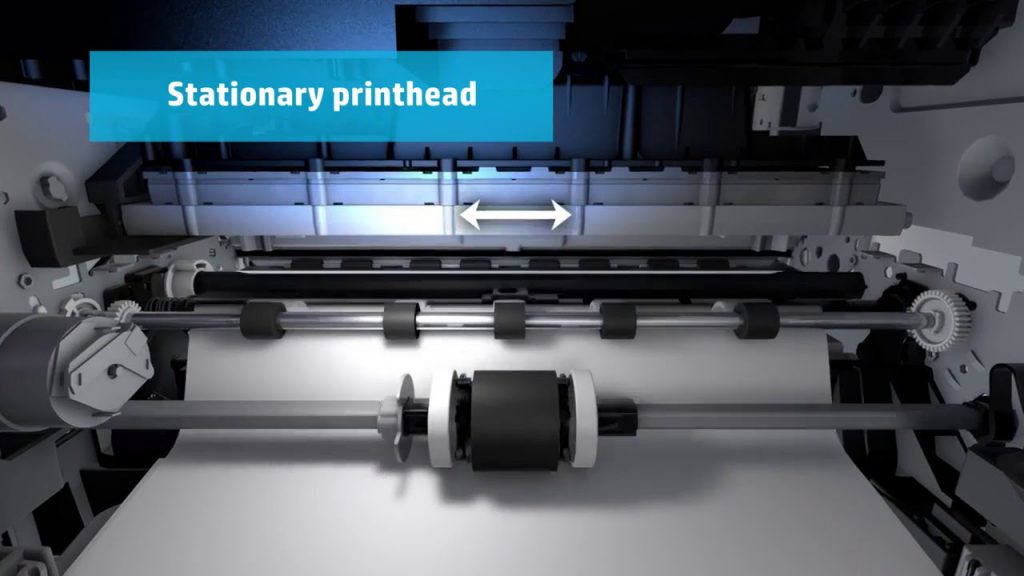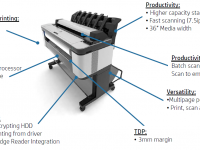For some time now, consumers have found it easier to manage their time and resources by subscribing to products and services ranging from entertainment to cell phones to household essentials like detergent and pet food.
Businesses are finally becoming more comfortable with subscriptions as well; software, online training, IT support, etc.
Pay as you go has a better value proposition than a large, up front investment. It’s certainly more flexible. For example, you may be a subscriber to Adobe DC for content design. When you’re position changes from Marketing Assistant to Sales Engineer, and you no longer need the Adobe software, the subscription’s either transferred or discontinued. Then, you just connect with Autodesk instead and subscribe to one of their CAD suites.
Why can’t the same work for your technical printers? Well, it can. In fact, cost-per-copy (CPC) programs are a form of subscription. The CPC plans started with office copiers in the 90s and were based on the average monthly impressions your copier made.
As digital LED plotters, like the Xerox 8830, became more standard, CPC plans were put in place for these engineering printers because they had meters that could track the square footage of printed plans.
Cost-per-copy was eventually re-branded as “Managed Print Services” or “MPS”.
Most recently, HP figured out how to accurately track content usage on DesignJet and PageWide printers. They’re separated into 4 print categories; mono CAD lines, color CAD lines, low density images, high density images.
Monitoring square footage for both small format and wide format printers has historically been a rather tedious process and required a combination of multiple software tools and manual processes for collecting monthly meter readings.
Software technology has since evolved though, along with the printing technology, so that now, a single cloud-based software can securely monitor usage, supply levels and potential service issues on an entire fleet of various-sized technical printers. Even accounting systems have improved functionality to use the meter readings for invoicing.
Managed Print Services, or printer subscription, has finally matured as a smart business model for deploying technical printers within your business.
Simply put, a Managed Print Service is a monthly invoice that includes: the printer (s), supplies, on-site repairs, and remote services. The term of the agreement is typically 36 to 60 months and may have the flexibility to add / remove printers and scanners to match your workflow.
Obviously, as with anything, if you put some time and energy into comparing subscription with a traditional cash purchase, you may find the subscription seems to cost more over the entire term. But really, think bigger picture here. The subscription frees you from ending up with old, unreliable printers that seem to always incur a costly repair and downtime at the most inconvenient time.
Maintaining the equipment and supply levels are your provider’s core business; not yours.
A few more benefits to seriously consider; easier budgeting, fewer accounting transactions (invoices, purchase orders, credit card charges), tax advantages, working with a single provider, maintaining cash reserves for things like payroll and inventory. And lastly, using current printer technology that’s more productive, efficient and eco-friendly.
As you evaluate your next printer, spend some time evaluating how a Managed Print Service Plan will work for you.




 HP PageWide printing technology could very well be the beginning of the end for traditional toner-based print systems.
HP PageWide printing technology could very well be the beginning of the end for traditional toner-based print systems.
 You find yourself at that point when either your current plotter is having too many technical issues or, your business is expanding, and you need to plan for a printer that can help meet the design team's project costs and tight schedules.
You find yourself at that point when either your current plotter is having too many technical issues or, your business is expanding, and you need to plan for a printer that can help meet the design team's project costs and tight schedules.
